Mental Discomfort
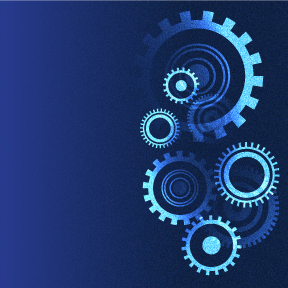
We Are Biological Machines
Programmed By Our Caregivers
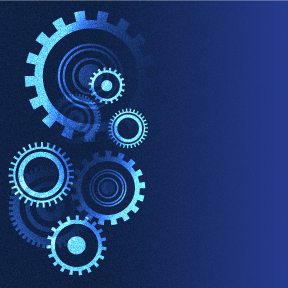
What We Need To Know About
The Reprog of Our Mind
Mental Discomfort
Attachment/personality dimensions whose values do not match the current context of life can cause maladaptation and mental discomfort. Typically, negative childhood experiences are the basis of later dysfunctional conditions.
Each dimension is related to specific areas of socio-psychological adaptation and, as a result, it tends to cause particular kinds of conditions, although there is no rule for that. An excessively high dimensional level tends to cause problems, but the manifestation of such problems always depends on the specific case.
In this section, we cover the most straightforward connection between each dimension and mental conditions.

1. Disorganization: Dissociative Disorders
When we are disorganized, our firmware is programmed with the dysfunctional belief: “My caregiver is frightening”.
Disorganization derives from the paradoxical relationship with a frightening caregiver, who usually inflicts frequent traumas on us. Traumatic events are repeated over time forming a cumulative trauma.
The clinical outcome of disorganization is dissociation, which is related to the activation of the defensive motivational system. A typical example of a disorganized condition is the Borderline Personality Disorder (BPD).
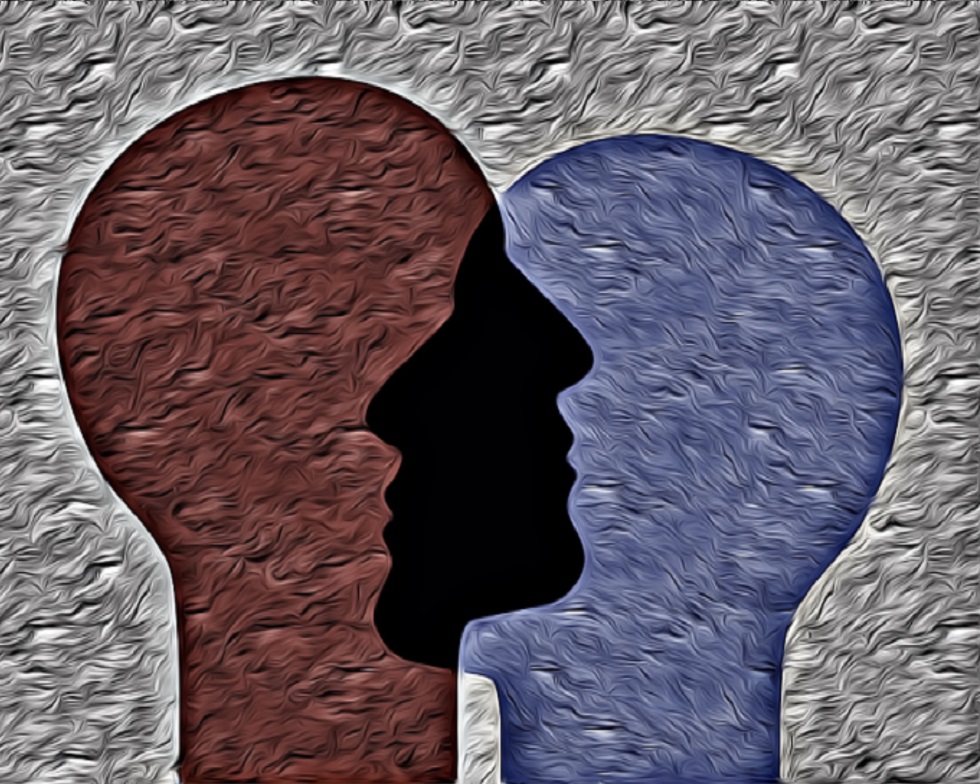
Dissociation: “the splitting off of clusters of mental contents from conscious awareness”, “a mechanism central to dissociative disorders” (DSM 5, p.820), which “are characterized by a disruption of and/or discontinuity in the normal integration of consciousness, memory, identity, emotion, perception, body representation, motor control, and behavior. Dissociative symptoms can potentially disrupt every area of psychological functioning” (DSM 5, p.291)
2. Avoidance: Most Disorders
When we are avoidant, our firmware is programmed with the dysfunctional belief: “My caregiver is not going to love me”.
Avoidance derives from the relationship with an unloving caregiver. The child realizes that the caregiver ignores their affective needs and copes with the situation by avoiding direct requests for care.
There is no specific clinical outcome of avoidance. In fact, an avoidant can appear to function properly in most areas of life, with even some advantages in instrumental tasks that do not imply a high emotional connection with oneself or another. However, avoidance entails unsatisfactory attachment relationships and poor psychological intimacy.
The avoidant firmware content implies the belief “I am not worthy to be loved”, which has an immediate impact on self-esteem. Indeed, avoidance is involved in most mental conditions.
3. Ambivalence: Multiple Disorders
When we are ambivalent, our firmware is programmed with the dysfunctional belief: “My caregiver is usually not available”.
Ambivalence derives from the relationship with a physically inconsistent and unpredictable caregiver. The child realizes that the caregiver is often physically unavailable and copes with the situation by increasing the frequency and intensity of their requests for care.
There is no specific clinical outcome of ambivalence. In fact, an ambivalent can appear to function properly in most areas of life. However, ambivalence entails unsatisfactory attachment relationships and, usually, tumultuous and conflictual ones.
The ambivalent firmware content has an immediate impact on attachment relationships, in particular, romantic ones. Indeed, ambivalence is implied in numerous mental conditions.
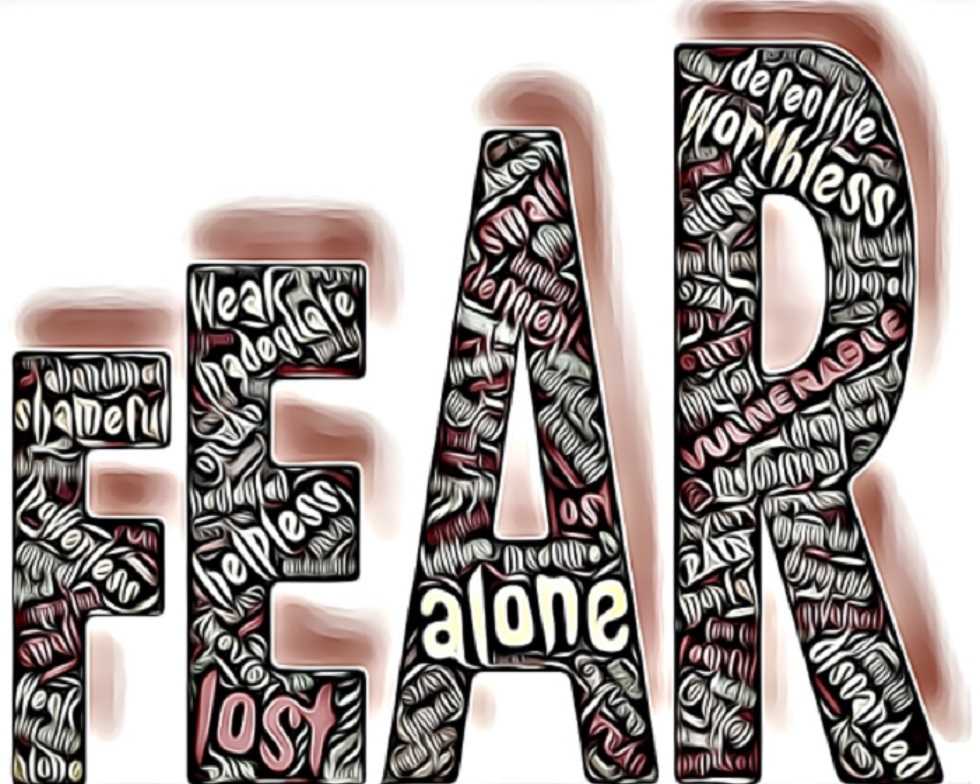
Separation Anxiety Disorder. “The individual with separation anxiety disorder is fearful or anxious about separation from attachment figures to a degree that is developmentally inappropriate. There is persistent fear or anxiety about harm coming to attachment figures and events that could lead to loss of or separation from attachment figures and reluctance to go away from attachment figures, as well as nightmares and physical symptoms of distress. Although the symptoms often develop in childhood, they can be expressed throughout adulthood as well.” (DSM 5, p.189)
Agoraphobia. “Individuals with agoraphobia are fearful and anxious about two or more of the following situations: using public transportation; being in open spaces; being in enclosed places; standing in line or being in a crowd; or being outside of the home alone in other situations. The individual fears these situations because of thoughts that escape might be difficult or help might not be available in the event of developing panic-like symptoms or other incapacitating or embarrassing symptoms. These situations almost always induce fear or anxiety and are often avoided and require the presence of a companion.” (DSM 5, p.190)
Panic Attacks. “Panic attacks are abrupt surges of intense fear or intense discomfort that reach a peak within minutes, accompanied by physical and/or cognitive symptoms.” (DSM 5, p.190)
4. Phobicity: Separation Anxiety, Agoraphobia, & Panic attacks
When we are phobic, our firmware is programmed with the dysfunctional belief: “I am in danger if my caregiver is not with me”.
This belief is connected to the one “My caregiver won’t let me go”, which we leave implied for simplicity.
Phobicity derives from a caregiver who induces in the child the implicit knowledge/belief of being (1) in danger when physically far from them and (2) constricted when physically close to them, which is due to an inadequate limitation of the child’s exploration (often the consequence of hyper-protection).
The phobic imprinted data makes us particularly inclined to suffer from a sense of vulnerability and constriction. As a result, the mental conditions primarily related to phobicity are separation anxiety, agoraphobia, and panic attacks.
5. Depressivity: Depression
When we are depressive, our firmware is programmed with the dysfunctional belief: “I won’t be able to reach my caregiver”.
Depressivity derives from a caregiver who, for some reason, is emotionally unreachable, which induces in the child the implicit knowledge/belief that they irremediably lost the possibility to reach the caregiver emotionally.
The depressive imprinted data makes us particularly sensitive to loss and inclined to suffer from (1) a sense of defeat and (2) depression when a loss is perceived. As a result, the mental condition primarily related to depressivity is depression. However, the bipolar disorder can also be linked to this dimension, since mania is a possible consequence of loss.
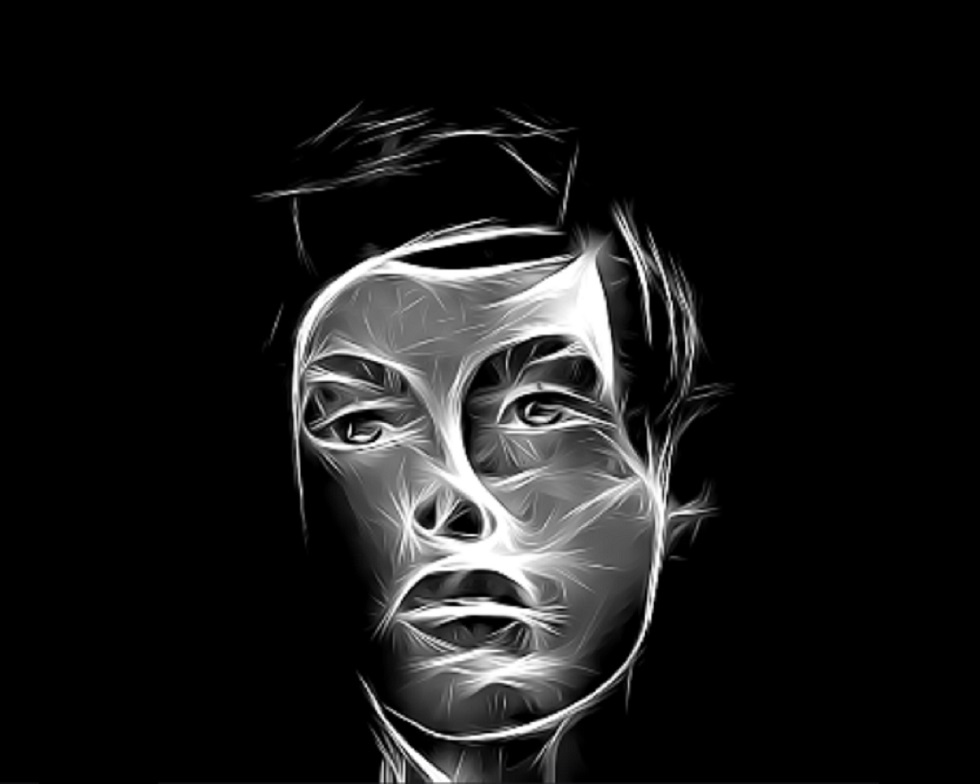
Depressivity. “Feelings of being intensely sad, miserable, and/or hopeless. Some patients describe an absence of feelings and/or dysphoria; difficulty recovering from such moods; pessimism about the future; pervasive shame and/or guilt; feelings of inferior self-worth; and thoughts of suicide and suicidal behavior.” (DSM 5, p.820)
N.B. The depressivity defined by the DSM 5 is a mental condition and not a personality dimension. This definition can be taken as a description of depression.
Mania. “A mental state of elevated, expansive, or irritable mood and persistently increased level of activity or energy.” (DSM 5, p.824)

Anorexia. “Restriction of energy intake relative to requirements, leading to a significantly low body weight in the context of age, sex, developmental trajectory, and physical health. Significantly low weight is defined as a weight that is less than minimally normal or, for children and adolescents, less than that minimally expected.” (DSM 5, p.338)
Bulimia. “Recurrent episodes of binge eating. An episode of binge eating is characterized by both of the following: 1. Eating, in a discrete period of time (e.g., within any 2-hour period), an amount of food that is definitely larger than what most individuals would eat in a similar period of time under similar circumstances. 2. A sense of lack of control over eating during the episode (e.g., a feeling that one cannot stop eating or control what or how much one is eating).” (DSM 5, p.345)
6. Somaticity: Eating Disorders & (Some) Addictions
When we are somatic, our firmware is programmed with the dysfunctional belief: “I need my caregiver to tell me about myself”.
This belief is connected to the one “My caregiver will intrude on me”, which we leave implied for simplicity.
Somaticity derives from a caregiver who imposes their definition of internal states on the child, thereby (1) making the child uncertain of their own internal states and (2) inducing in the child the implicit knowledge/belief to need their caregiver to define such states. The imposed internal states are first sensations and emotions and then beliefs. The impositions manifest themselves in attitudes, tendencies, preferences, opinions, etc..
The somatic imprinted data makes us particularly inclined to suffer from a sense of uncertainty and intrusion. As a result, the mental conditions primarily related to somaticity are eating disorders, such as anorexia, obesity, and bulimia (all of mental and not organic origin). However, any other condition that entails a strong sensorimotor component can particularly attract a somatic, for example, some substance-related disorders.
7. Obsessivity: Obsessive-Compulsive Disorder
When we are obsessive, our firmware is programmed with the dysfunctional belief: “I am wicked”.
Obsessivity derives from a caregiver who (1) vehemently imposes on the child a rigid and arbitrary code of conduct, (2) blames the child for causing some terrible harm to someone (they should care about) by not complying with such a code, and (3) punishes the child by rejecting them with disgust and contempt.
The obsessive imprinted data makes us particularly sensitive to (some) ethical issues and inclined to suffer from (1) obsessions when feeling responsible for causing harm and (2) compulsions to neutralize such obsessions. As a result, the mental condition primarily related to obsessivity is the obsessive-compulsive disorder (OCD).
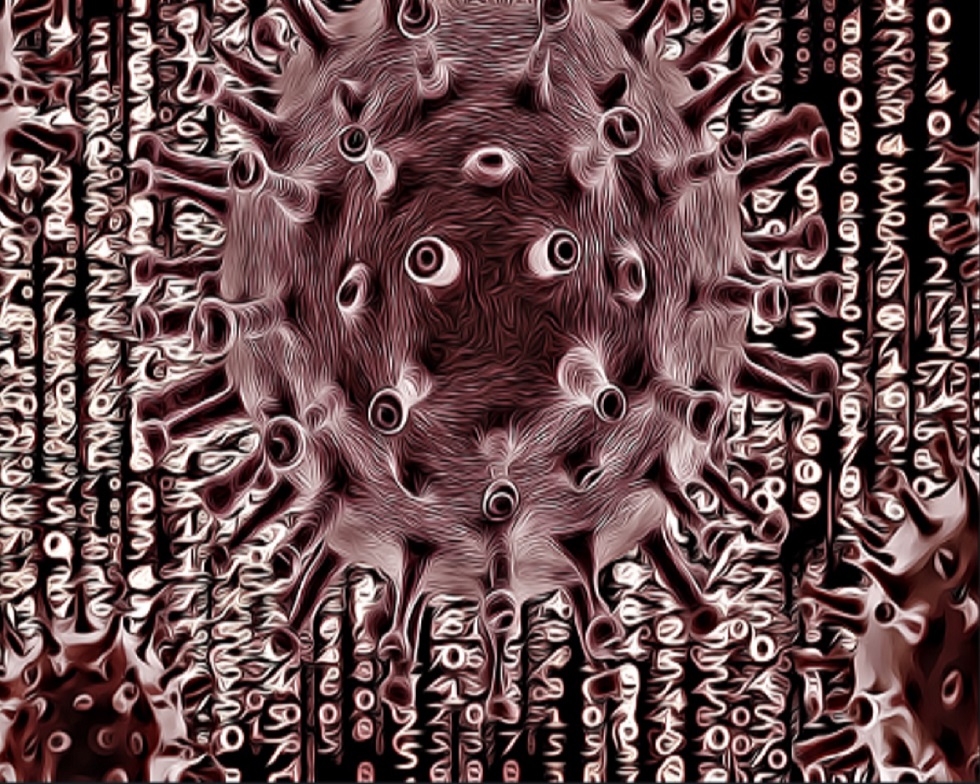
Obsessions. “[R]ecurrent and persistent thoughts, urges, or images that are experienced as intrusive and unwanted”. (DSM 5, p.235)
Compulsions. “[R]epetitive behaviors or mental acts that an individual feels driven to perform in response to an obsession or according to rules that must be applied rigidly”. (DSM 5, p.235)
What We Need To Know About
The Reprog of Our Mind
F.A.Q.
Mental Discomfort
We use the term mental discomfort to indicate any form and degree of psychological problem. Therefore, a mental illness – or psychopathology, mental disorder – can be considered a manifestation of mental discomfort with a form or degree that is recognized as deserving professional attention. Having said that, it is worth noting that a mental condition can also involve no perception of mental discomfort. A psychopath, for example, does not experience any discomfort as a direct consequence of their condition.
We use to say that one is disorganized when their disorganization is beyond a certain threshold. The same for all other dimensions. Usually, one personality dimension is predominant and characterizes our personality — i.e. our experiences tend to be organized and interpreted from that perspective. For example, if we are depressive, we tend to prevent losses, if we are obsessive, we tend to see things as right or wrong. We have all dimensions in us, but the highest one tends to drive us. Most of us have all dimensions on the usual range and are not particularly vulnerable to mental discomfort. However, we can be phobic, depressive, somatic, or obsessive, for example, because such a dimension is predominant in our profile.
The onset of a mental condition depends on multiple factors. When a dimension is high — compared to its usual range — it makes us particularly sensitive to the corresponding area of experience and more inclined to suffer from related issues. The combination of our personal state and context of life is, however, decisive. If we are in good personal and social conditions, for example, the chances of manifesting problems are lower.
Anyone can develop depression as well as any other mental condition. A high value of a personality dimension only makes us more sensitive to the corresponding area of life and inclined to suffer from related issues. However, problems can manifest in ways that are not directly connected to the involved dimension. An obsessive can become depressed for their obsessivity for example. A depressive can develop an eating disorder due to their depressivity.
The DSM 5 is the Diagnostic and Statistical Manual of Mental Disorders released by the American Psychiatric Association (APA) in 2013. It contains a complete classification of mental conditions based on their symptoms – i.e. mental syndromes – with no etiological explanation. By contrast, the MAPP provides an etiological explanation (and a classification) of the considered mental conditions.


